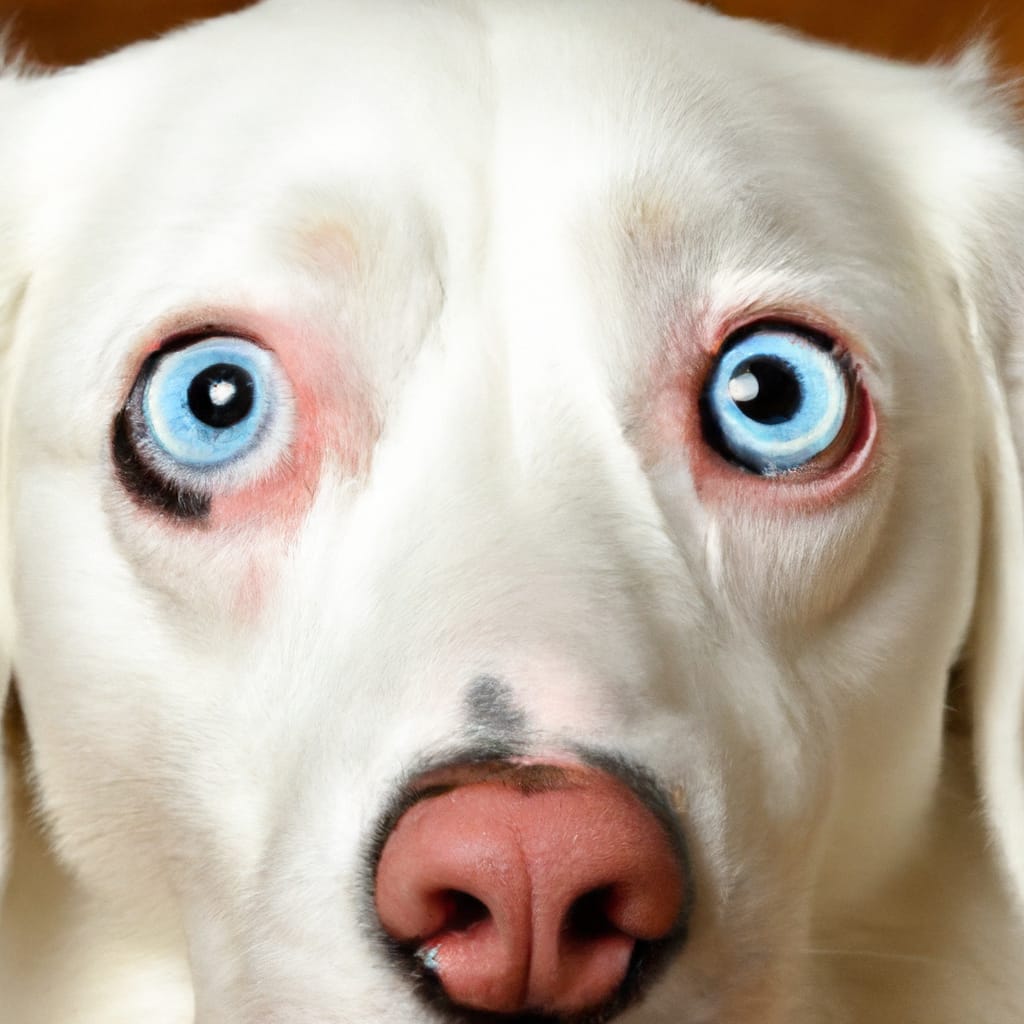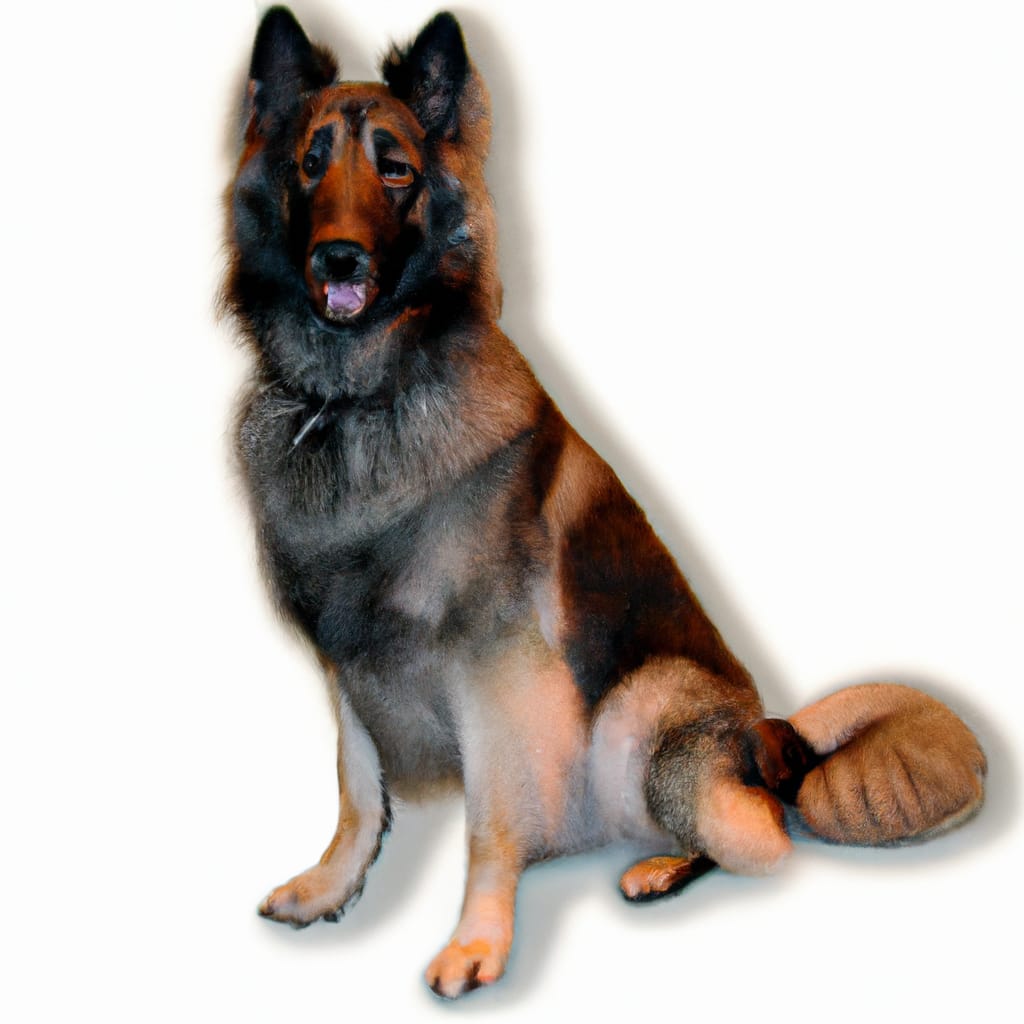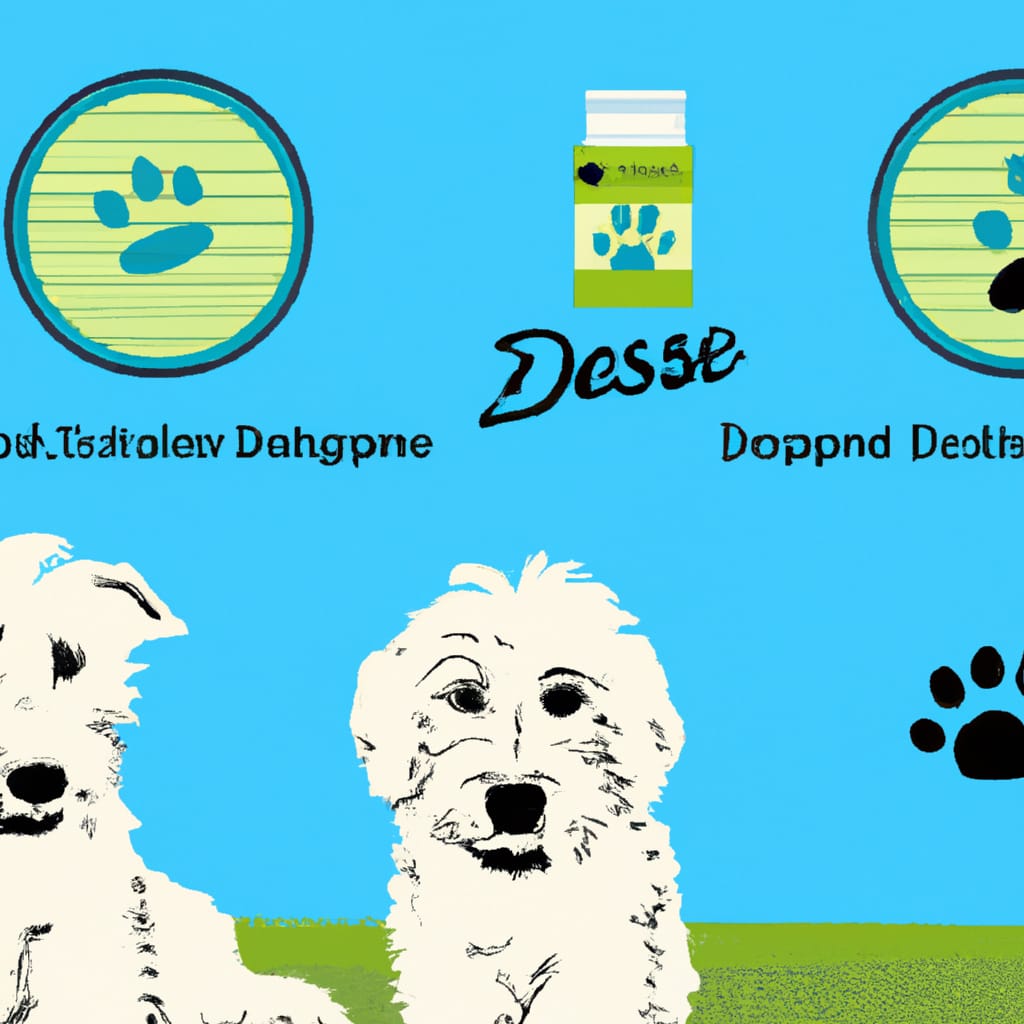Cherry Eye: What It Is & When To Seek Help For Your Dog
If you’re a dog owner, it’s important to familiarize yourself with common health conditions that may affect your furry friend. One such condition is cherry eye, a term that may sound unfamiliar at first. Don’t worry, though, because in this article, you will learn all about cherry eye – what it is, why it happens, and most importantly, when you should seek help for your dog. Understanding and recognizing the signs of cherry eye can help you provide the necessary care and treatment to keep your canine companion happy and healthy. So, let’s explore this eye condition together and ensure the well-being of your beloved pooch.

What is Cherry Eye?
Cherry eye, also known as prolapsed gland of the third eyelid, is a condition that commonly affects dogs. It occurs when the tear gland in the third eyelid becomes inflamed and protrudes from its normal position, giving it the appearance of a red, fleshy mass. This condition can be alarming for dog owners, but with proper understanding and prompt veterinary care, it can be successfully treated.
Definition of Cherry Eye
Cherry eye occurs when the gland of the third eyelid, which is responsible for producing tears, becomes swollen and protrudes from its normal position in the corner of the eye. This protrusion gives the affected eye a glossy, cherry-like appearance, hence the name “cherry eye.” The condition usually affects one eye initially but can eventually affect both eyes if left untreated.
Causes of Cherry Eye
The exact cause of cherry eye is not fully understood, but there are several underlying factors that may contribute to its development. One such factor is a weakness in the connective tissues that hold the tear gland in place. This weakness allows the gland to prolapse and become visible. Certain breeds, such as Bulldogs, Beagles, and Cocker Spaniels, are predisposed to cherry eye due to their genetic makeup and the shape of their eye sockets. Additionally, environmental factors such as irritation, allergies, or trauma to the eye area can also trigger cherry eye.
Symptoms of Cherry Eye
The most obvious symptom of cherry eye is the appearance of a red, fleshy mass protruding from the corner of the eye. Other symptoms may include excessive tearing, eye redness, squinting or blinking, and discharge from the affected eye. Some dogs may also show signs of discomfort or pain, such as rubbing or pawing at the affected eye. It’s important to note that cherry eye itself is not usually painful for dogs, but the underlying inflammation and irritation can cause discomfort.
Treatment Options for Cherry Eye
When it comes to treating cherry eye, there are both non-surgical and surgical options available. The choice of treatment will depend on the severity of the condition and the preferences of both the veterinarian and the dog owner.
Non-Surgical Treatment
In milder cases of cherry eye where the prolapse is minimal and not causing any discomfort or complications, non-surgical treatment may be attempted. This usually involves the use of anti-inflammatory medications, eye drops, or ointments to reduce the swelling and encourage the gland to return to its normal position. However, it’s important to note that non-surgical treatment is often not a permanent solution and may not be effective in more severe cases.
Surgical Treatment
In cases where non-surgical treatment is unsuccessful or the cherry eye is causing discomfort or complications, surgical intervention may be recommended. The most common surgical procedure for cherry eye is called the “tucking” or “pocketing” technique. This involves creating a small pocket in the corner of the eye and repositioning the gland into this pocket, securing it in place to prevent further prolapse. In some cases, the gland may need to be removed if it is damaged or non-functional. Surgical treatment has a high success rate and can provide long-term relief for dogs with cherry eye.
When to Seek Veterinary Assistance
If you suspect that your dog may have cherry eye, it is important to seek veterinary assistance as soon as possible. Early intervention can prevent complications and increase the chances of successful treatment.
Immediate Action
If you notice a red, fleshy mass protruding from your dog’s eye, it’s important not to panic. Keep calm and try to keep your dog from pawing or rubbing the affected eye, as this can further aggravate the condition. To protect the eye from further irritation or injury, you can gently place a clean, damp cloth over it. Contact your veterinarian immediately for guidance on the next steps.
Consultation with a Veterinarian
A consultation with a veterinarian is essential to properly diagnose and treat cherry eye. The veterinarian will thoroughly examine your dog’s eye and may perform additional tests to rule out any underlying causes or complications. Based on the severity of the cherry eye and your dog’s overall health, the veterinarian will recommend the most appropriate treatment option.
Complications and Long-Term Effects
If left untreated, cherry eye can lead to several complications and long-term effects. The exposed gland is at risk of becoming dry and non-functional, resulting in a lack of tear production and potential eye dryness. This can lead to further eye problems such as corneal ulcers, conjunctivitis, and even vision loss. Additionally, the exposed gland is vulnerable to injury or infection. By seeking prompt veterinary assistance and addressing cherry eye early, these complications can be minimized or prevented.

Prevention of Cherry Eye
While it may not always be possible to prevent cherry eye, there are certain measures that can be taken to reduce the risk in dogs.
Proper Eye Care
Maintaining good eye hygiene and care can help prevent eye issues, including cherry eye. Regularly clean your dog’s eyes with a damp cloth to remove any debris or discharge. If your dog has a tendency to rub or scratch their eyes, try using an Elizabethan collar or protective eyewear to prevent further irritation.
Avoiding Breeding Dogs with Cherry Eye
If you are a breeder or considering breeding dogs, it is important to be aware of cherry eye and its hereditary nature. Responsible breeders should avoid breeding dogs with a history of cherry eye to minimize the risk of passing on the condition to offspring. By prioritizing the health and well-being of the future generations, breeders can play a crucial role in reducing the prevalence of cherry eye.
Common Breeds Affected by Cherry Eye
While cherry eye can potentially affect any dog breed, there are certain breeds that are more prone to developing this condition. Some of the common breeds predisposed to cherry eye include Bulldogs, Beagles, Cocker Spaniels, Boston Terriers, and Shih Tzus. The genetics and anatomical characteristics of these breeds make them more susceptible to the weakening of the connective tissues that hold the tear gland in place.
Responsible Breeding Practices
Responsible breeding practices are crucial in ensuring the overall health and well-being of future generations of dogs. This includes screening for genetic disorders and avoiding breeding dogs with cherry eye.
Screening for Genetic Disorders
Before breeding, it is important to conduct thorough health screenings on both the male and female dogs to identify any genetic disorders or predispositions. Working closely with a veterinarian, breeders can perform various tests and examinations to screen for potential inherited conditions. By incorporating these screenings into their breeding program, breeders can make informed decisions and breed healthier dogs.
Avoiding Breeding Dogs with Cherry Eye
To prevent the perpetuation of the condition, breeders should avoid breeding dogs with cherry eye altogether. By carefully selecting breeding pairs and ensuring that both parents are free from cherry eye and other inheritable eye conditions, breeders can significantly reduce the risk of passing on these issues to future generations.
Conclusion
Cherry eye is a common eye condition that can affect dogs, particularly certain breeds. While it may be alarming to see a red, fleshy mass protruding from your dog’s eye, prompt veterinary assistance and early intervention can lead to successful treatment and minimize complications. Non-surgical and surgical treatment options are available, and the choice will depend on the severity of the condition. By prioritizing proper eye care, avoiding breeding dogs with cherry eye, and practicing responsible breeding, we can collectively work towards reducing the prevalence of cherry eye in dogs and ensuring the well-being of future generations.
FAQs
What is the recovery time after cherry eye surgery?
The recovery time after cherry eye surgery can vary depending on the individual dog and the extent of the surgery. Generally, it takes about two to three weeks for the initial healing to occur. However, full recovery and complete resolution of any discomfort may take several months. It is important to follow your veterinarian’s post-operative instructions and attend all follow-up visits to monitor the healing process.
Is cherry eye painful for dogs?
While cherry eye itself is not usually painful for dogs, the underlying inflammation and irritation can cause discomfort. Some dogs may show signs of rubbing or pawing at the affected eye, squinting, or blinking. Seeking veterinary assistance and providing appropriate treatment can help alleviate any discomfort and prevent further complications.
Can cherry eye occur in both eyes?
Yes, cherry eye can occur in both eyes. Although it often starts in one eye, if left untreated, the condition can progress to affect the other eye as well. This is why it is important to seek veterinary assistance as soon as cherry eye is detected to prevent further complications and to address the condition effectively.
How common is cherry eye in dogs?
Cherry eye is relatively common in certain breeds of dogs, particularly those with genetically predisposed characteristics. It is more commonly seen in breeds such as Bulldogs, Beagles, Cocker Spaniels, Boston Terriers, and Shih Tzus. However, cherry eye can potentially occur in any dog breed. By being aware of the condition, practicing proper eye care, and working closely with veterinarians, dog owners can help prevent and address cherry eye in their furry companions.













